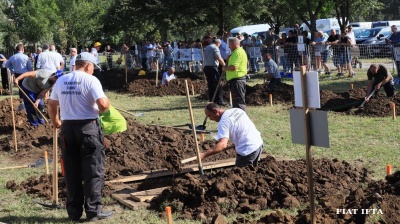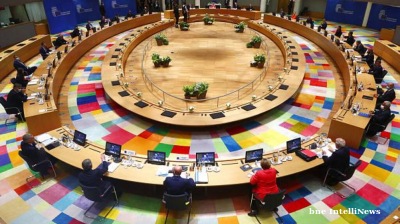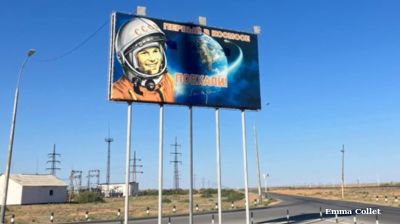Russia has announced an ambitious programme to double its nuclear power plant fleet with 38 new reactors, according to the state-owned nuclear power agency Rosatom.
Alexey Likhachev, Rosatom’s director general, told the International Atomic Energy Agency’s (IAEA) general conference in Vienna on Monday that the expansion would roughly double Russia’s nuclear generation. “President Vladimir Putin has demanded that the country increase the share of nuclear power in its total electricity generation from around 20 per cent to 25 per cent,” Likhachev said, though he gave no timeframe for meeting the target.
Russia currently operates 36 reactors, according to the World Nuclear Association, a nuclear industry lobbying group. Five more are already under construction, the IAEA said, underscoring Moscow’s determination to press ahead despite international sanctions and political isolation.
The country has also sought to showcase its innovation in nuclear technologies. In 2022, it launched the world’s first floating nuclear power plant to supply electricity to the remote Siberian town of Pevek. At the same time, Russia continues to occupy Ukraine’s Zaporizhzhia nuclear power station — Europe’s largest, with seven reactors — raising international concerns about nuclear safety in a conflict zone.
Moscow’s nuclear ambitions come as atomic power experiences renewed momentum worldwide. On September 18, US President Donald Trump and UK Prime Minister Keir Starmer are expected to sign a treaty allowing both countries to rely on each other’s safety assessments for reactor construction — a step designed to accelerate nuclear buildouts and reduce costs.
Russia’s plan to nearly double its nuclear fleet would cement its role as both a domestic and global player in the sector, supplying technology and expertise to other countries through Rosatom’s export business. Yet the lack of a clear timetable and the strain on Russia’s state finances raise questions over how quickly, or fully, such an ambitious expansion can be delivered.
Russia leads the world in NPP technology and Russian nuclear exports are booming. However, China is rapidly catching up and has also adopted Russia’s use of nuclear exports as a tool of diplomacy.
China is now pursuing the world’s largest nuclear power expansion programme and is on track to become the world’s largest source of atomic energy, as part of its long-term drive to cut reliance on coal and meet climate commitments.
According to the International Atomic Energy Agency, China currently operates just over 55 commercial reactors but has more than 20 under construction and plans for dozens more. The country’s official target is to raise installed nuclear capacity to around 150 gigawatts by 2035, more than tripling today’s levels.
Beijing’s strategy has a dual focus: scaling up conventional large reactors while also developing advanced designs such as high-temperature gas-cooled reactors and small modular reactors (SMRs).
In 2021, China connected the world’s first commercial high-temperature gas-cooled reactor to its grid in Shandong province, and in 2024 it accelerated SMR projects aimed at supplying remote regions and industrial hubs. If fully realised, China’s nuclear buildout would make it the world’s leading operator of nuclear plants within the next decade, overtaking both the United States and France.
bneGREEN

Vietnam and Singapore strike deal on carbon markets
The deal, concluded virtually on September 16 falls under Article 6 of the Paris Agreement, which allows countries to cooperate on reducing greenhouse gas emissions through cross-border carbon credit schemes.

India reveals plans for indigenous solar production by 2028
India has set its sights on building a fully indigenous solar value chain, with the goal of achieving domestic solar cell manufacturing by 2028.

Busan leads South Korea’s green developments and GHG cuts from the front
Busan, South Korea’s second largest city with around 3.5mn residents, hosted the World Climate Industry Expo and Korea Energy Show 2025.

Moldova unveils €43bn energy strategy to 2050 focused on renewables and storage
Ambitious strategy aims to strengthen energy security, reduce greenhouse gas emissions and align Moldova with European sustainability standards.




